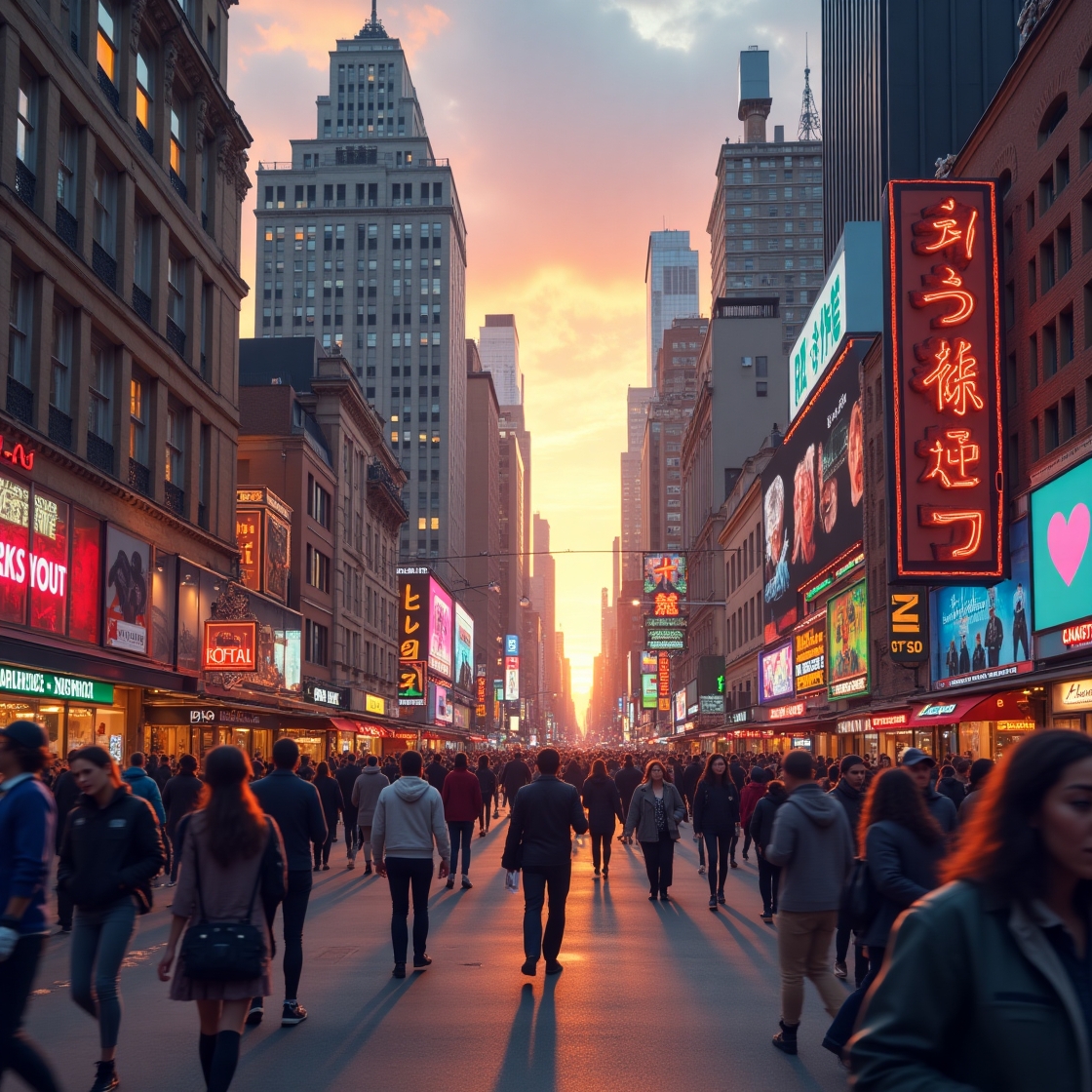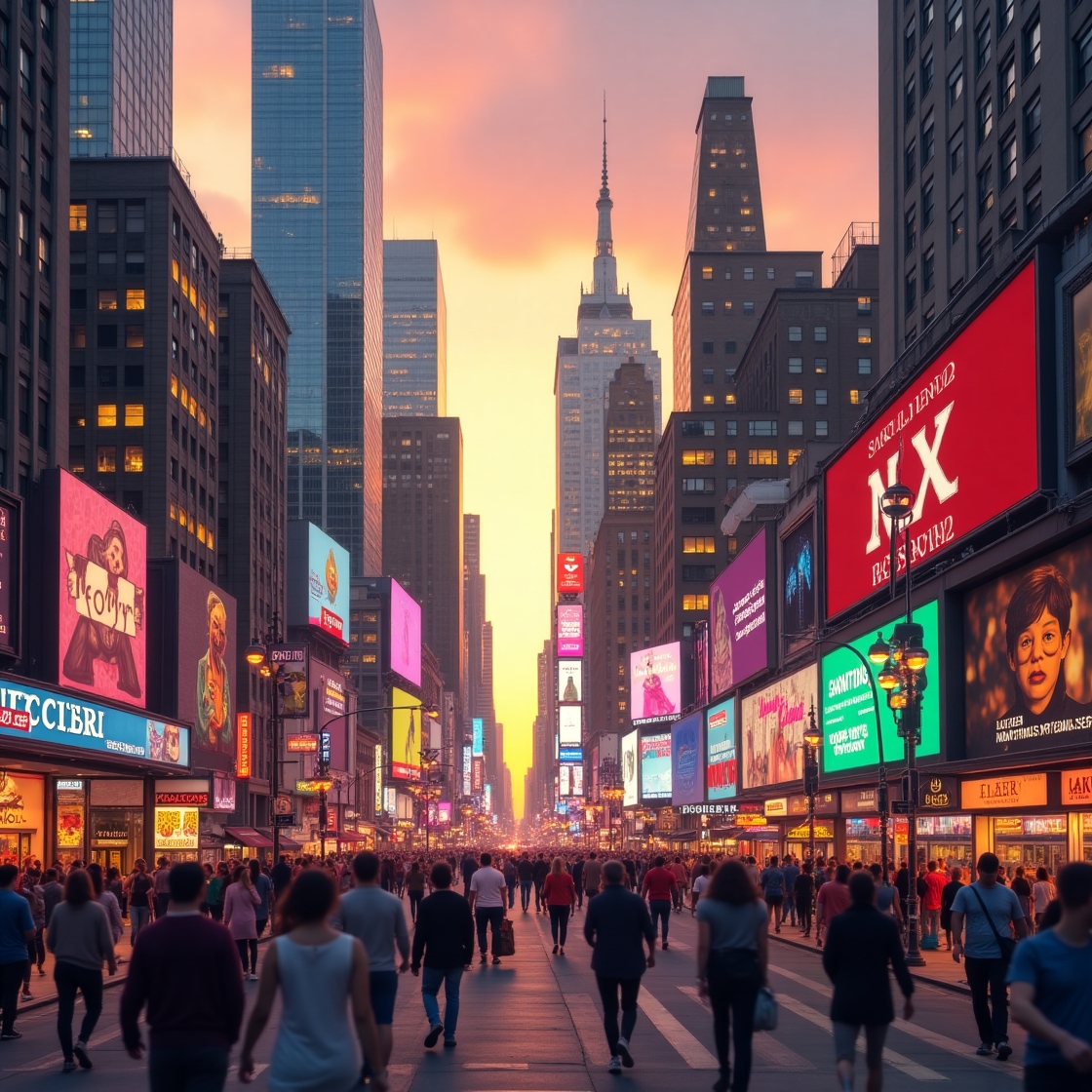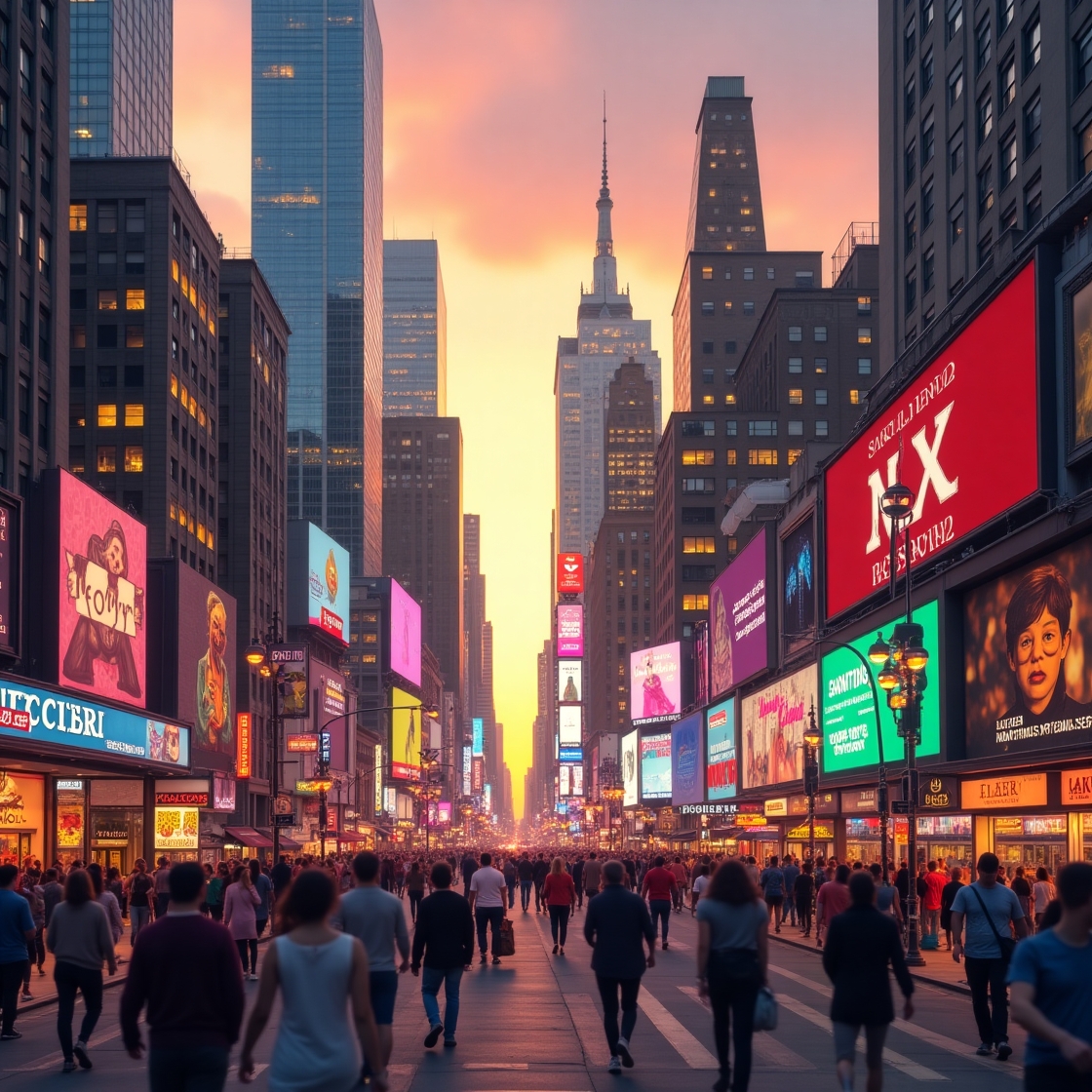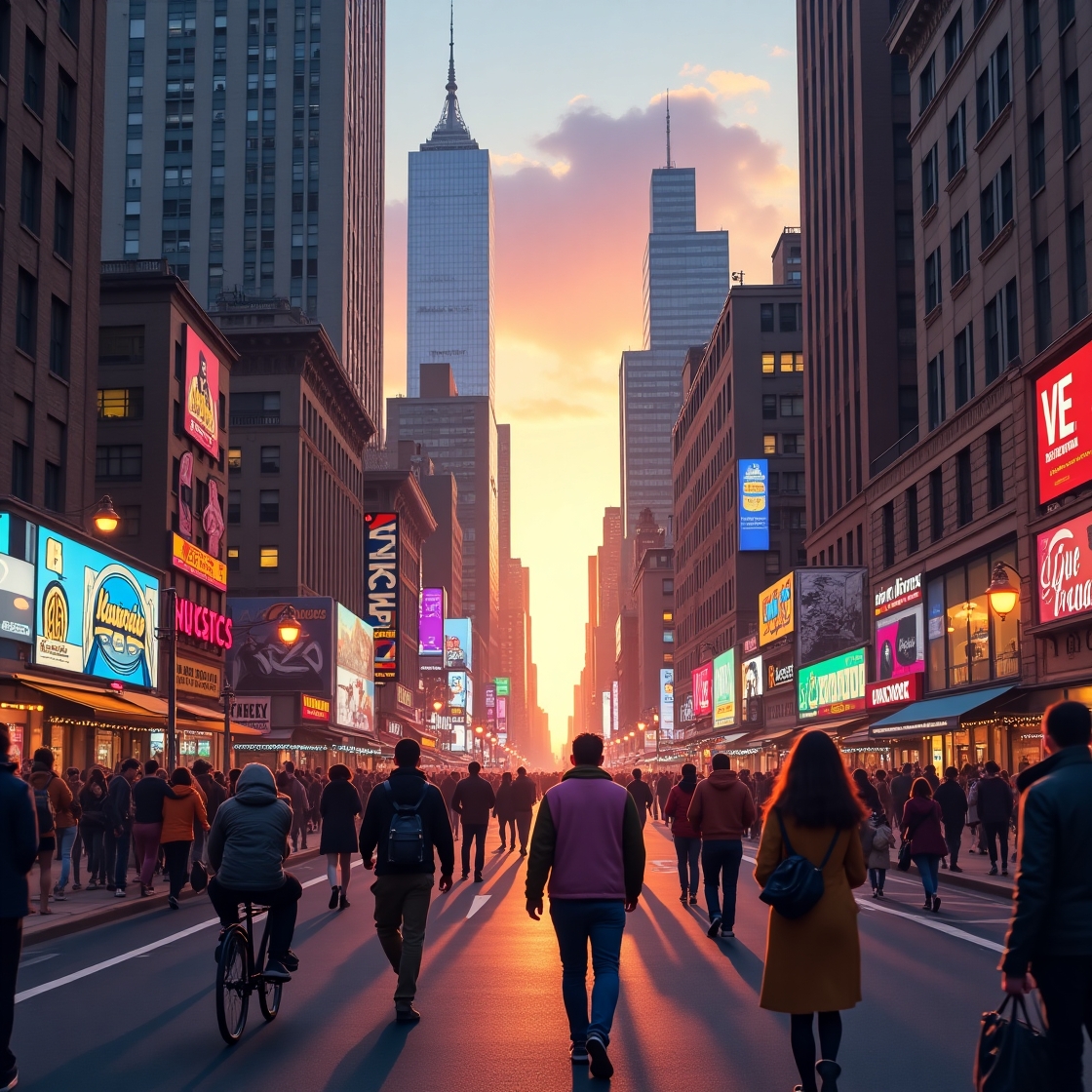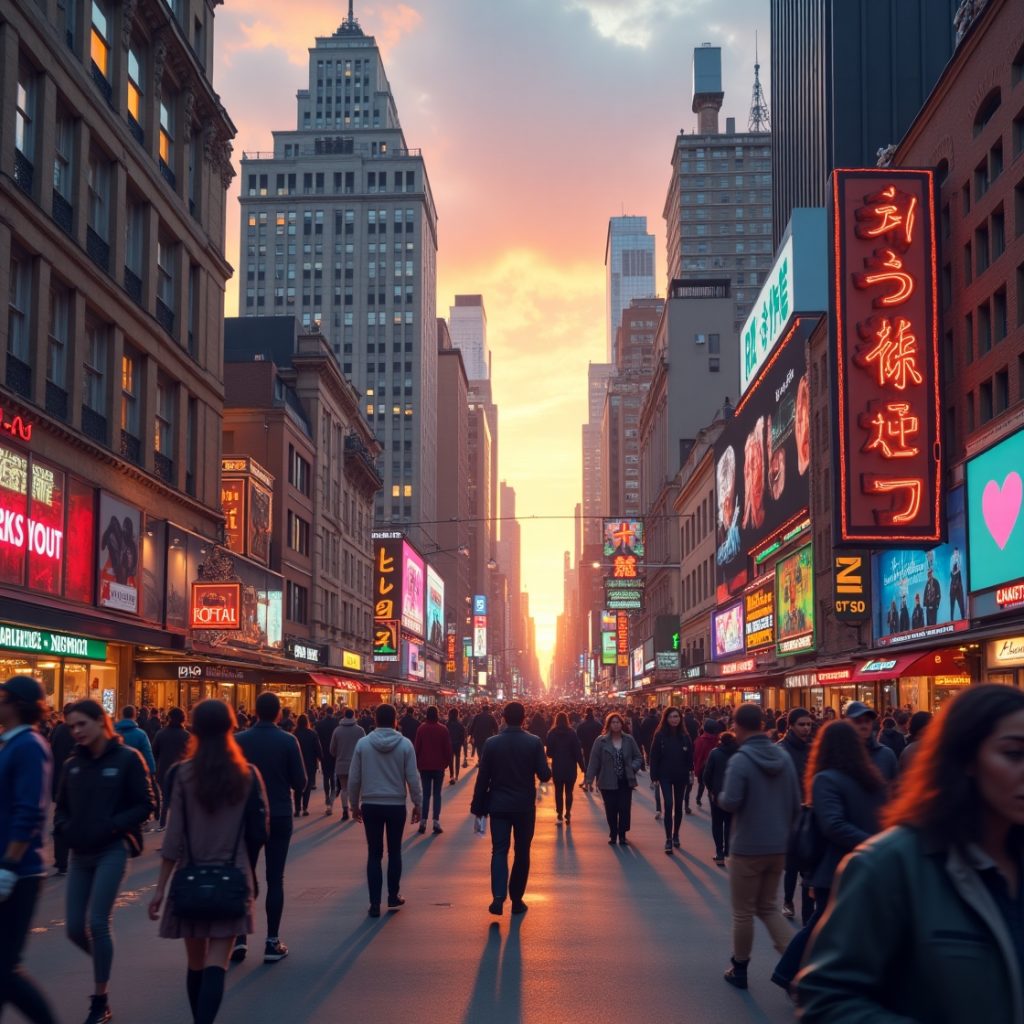
Cities breathe. They move, pulse, and evolve—not just through buildings or traffic, but through people, data, and invisible links. In this ever-changing dance, concepts like NYCHHC Connect emerge not as literal platforms, but as metaphors for the layered web of modern urban life.
🧠 Beyond Infrastructure: The Idea of Connection
When we speak of connectivity, we often mean cables, Wi-Fi, networks. But connection is deeper than that. It’s in the way two strangers nod in silent recognition on a crowded street. It’s in the rhythm of synced subway arrivals. It’s in public art that speaks without a single word.
NYCHHC Connect, as an idea, represents that quiet architecture beneath the visible one—the emotional and spatial geometry of cities.
🌐 Modern Flow: Digital Echoes of the Physical World
Today, cities are mapped not just by streets, but by data. Heat maps, transit apps, delivery routes—these unseen layers shape how we move, shop, even think. Concepts like NYCHHC Connect remind us that connection happens on multiple planes:
- Physical: the literal paths we walk
- Digital: the apps and signals we follow
- Emotional: the shared pulse of a city’s people
Together, they form a new kind of cartography: soft, adaptive, and alive.
🔁 The Loop of Influence
Cities shape us—and we shape them back. What we build, post, like, move toward—it all feeds into urban intelligence. If NYCHHC Connect were a system, it would be one that listens to the silent feedback loop between place and person.
- A bench in just the right spot
- A route that shifts based on foot traffic
- A mural that reflects a neighborhood’s past and future
This is connection as design, not as function.
📌 Conclusion
NYCHHC Connect isn’t a tool. It’s an idea—a lens through which to see the unseen ties that bind a city together. From sidewalk encounters to algorithmic recommendations, the modern urban experience is defined not by where we are, but how we connect.
